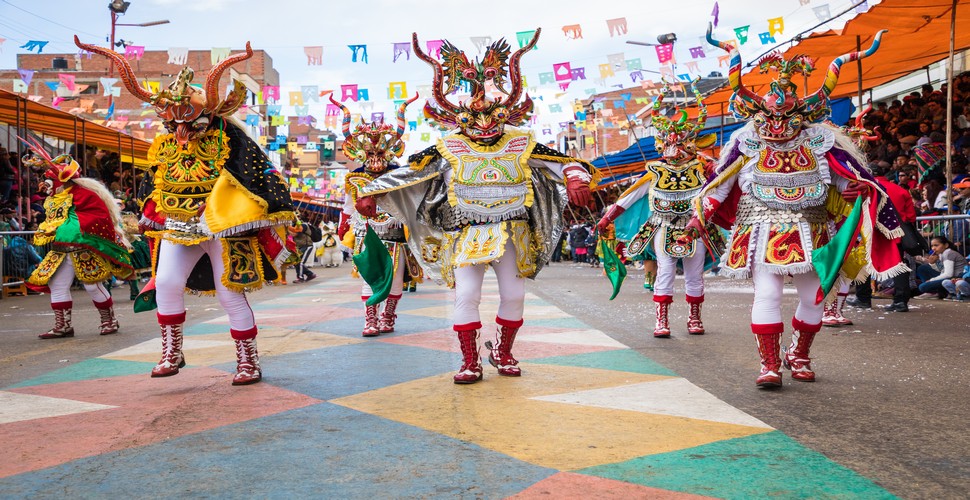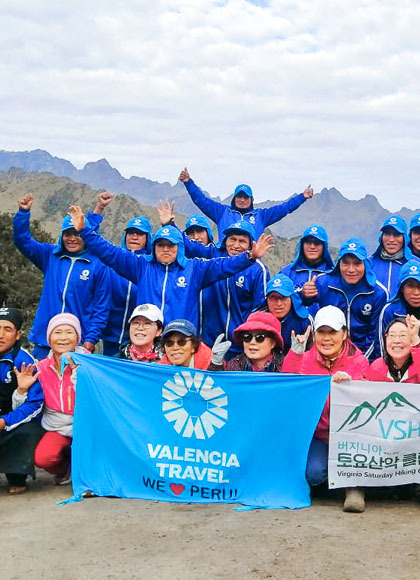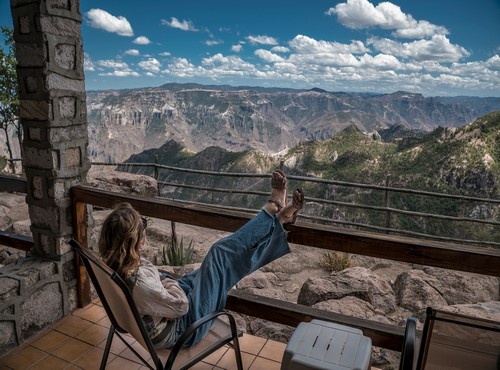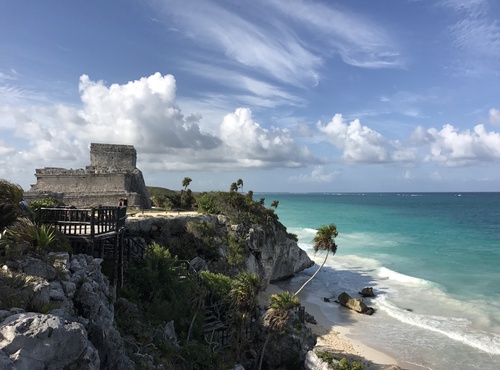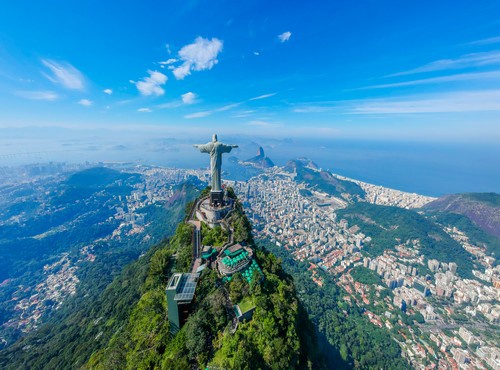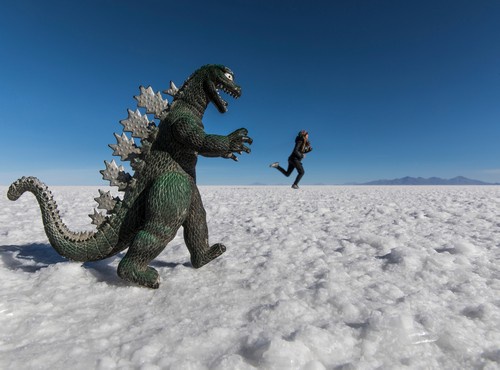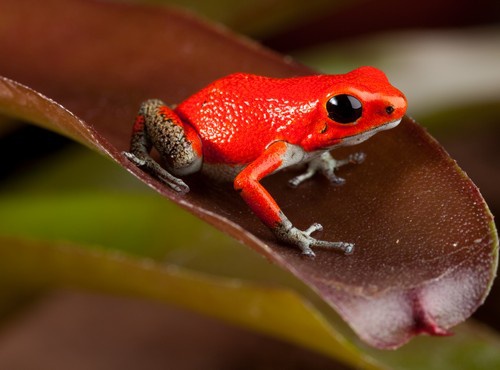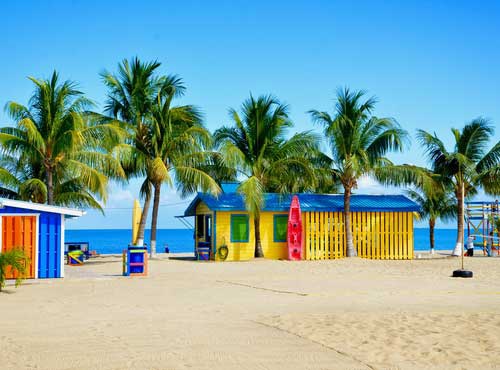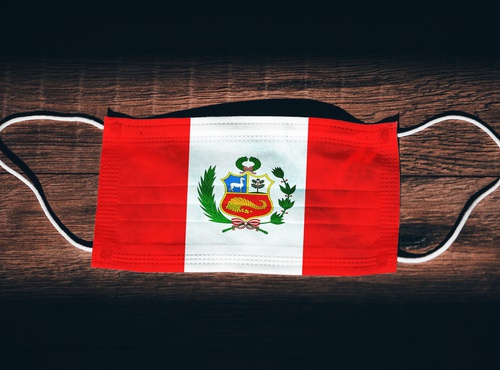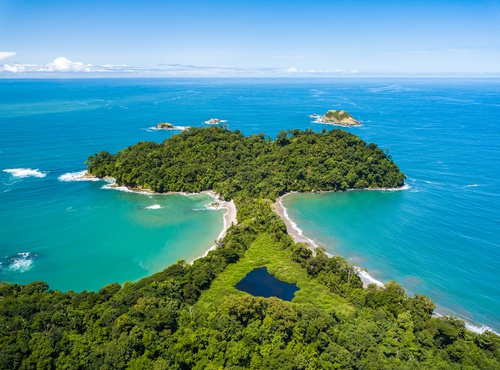
Written by:undefined undefined
Published: 13-05-2022
Traveling through South America is a must -do on most people’s bucket list. Whether it be summiting mountains, discovering ancient civilizations, or catching some rays on the beach, there is literally something for everyone in South America. There are a number of ways to make life easier on your travels and here is a guide to traveling across South America!
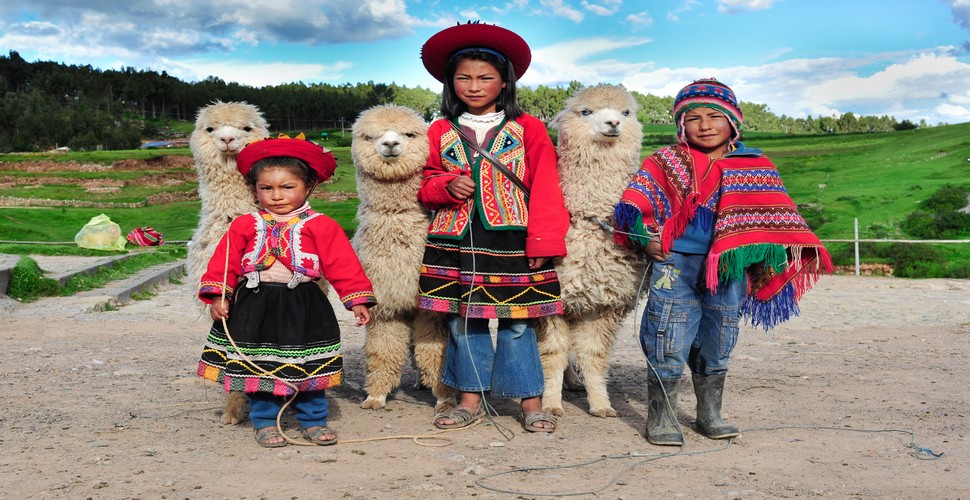
Children and Alpacas in Cusco, Peru
Safety in South America
Traveling in South America is generally safer than you would possibly imagine, however, certain some cities are considered safer than others for visitors. It is always a good idea to check with your embassy or consulate in the country you pan to visit, to be aware of any areas you should avoid. Bear in mind that some countries that once had a bad reputation, such as Colombia, are working hard to rebuild the tourism infrastructure and reputation South America.
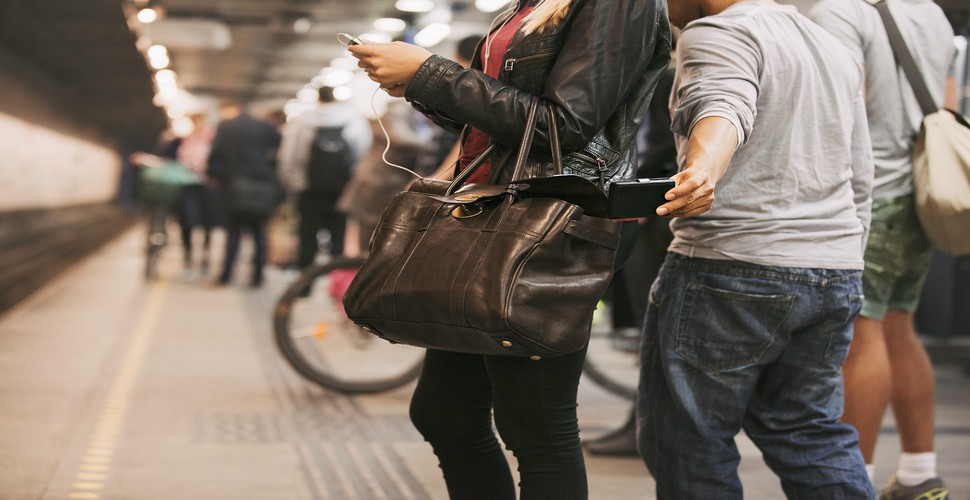
Pickpocketer´s heaven
Travel Health
One of the first things to do before you leave home is take a trip to your doctor or travel clinic with your detailed itinerary as different regions in South America have different health recommendations. This is all too important Post pandemic with regards to Covid 19. Some South American countries are a lot more relaxed than others for post-covid entrance requirements and some countries are still enforcing a number of restrictions. If you find yourself in need of medication or treatment during your trip to South America and you do not speak Spanish, it's always a good idea to ask your hotel concierge or receptionist for a recommended clinic/ hospital. South America has great medical options and offers a lot of the same medications as back home and often at a fraction of the price. Plan well in advance as some vaccinations require a number of doses and in some cases, require a visit to an authorized clinic.

First Aid Kit
Passports and Visas
You will need a passport to travel to South America. Many countries require passports to have a validity of six months or more. Each country will have different requirements for entry and may require a visa in advance. Check entrance requirements at the consulate of the country you plan to visit.
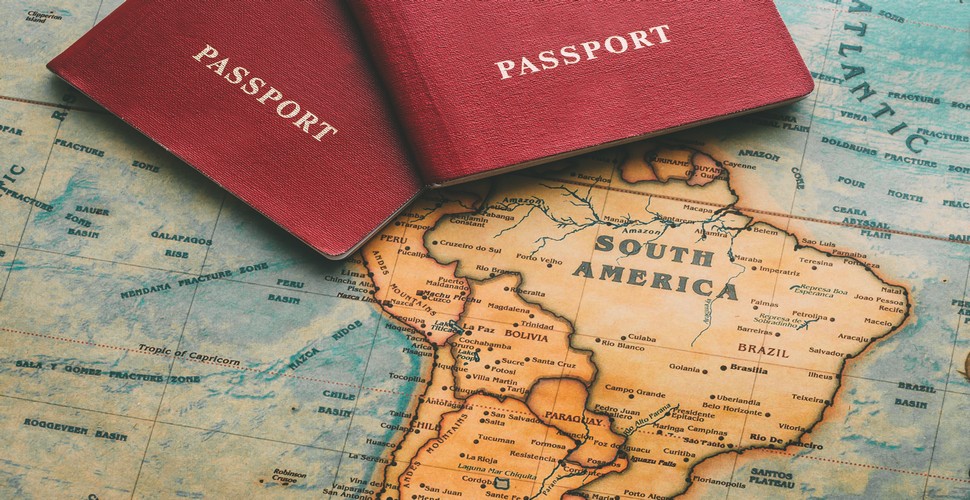
Passports and Visas
Decide What to Pack
South America is enormous! Geography is varied and the different climatic conditions can take you by surprise. Coastal areas are often quite humid, especially along the Atlantic coast and some regions such as the Andes, can be considerably colder, especially at night. If you are traveling during the rainy season, it's also important to plan accordingly.
To keep connected, bear in mind that one adapter will not work for all countries in South America so it will be better to bring a universal adapter. If you forget or lose an adapter, most of the local markets have them on sale at inexpensive prices.
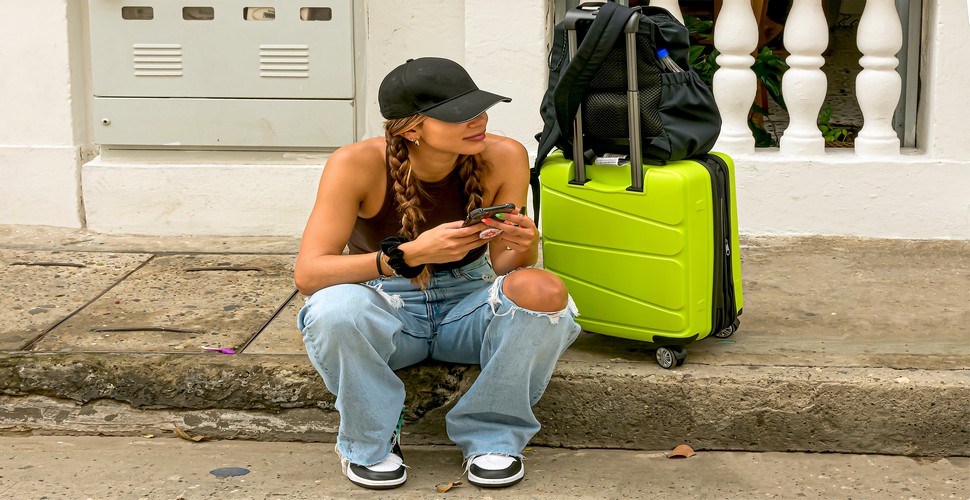
Travel lightly where possible!
Logistics
Traveling through South America is not like traveling in Europe for example. Travel in South America is usually fine until you cross a border, then please expect a fair amount of bureaucracy at the border controls. This is nothing to worry about if your paperwork is in order. Borders are notoriously a place to keep an eye on your belongings and be aware of scams when crossing an international border. It is a good idea to check out the size of the countries you plan to visit. For example, Brazil is the fifth largest country in the world and Argentina is the eighth largest! If you have only a short time in South America it's best to choose one country, or you will spend most of your time on an aeroplane instead of exploring, which will be expensive and somewhat boring! If you are short on time, you can easily see lots of great things in a few countries such as Ecuador, Bolivia and Peru on the same trip.
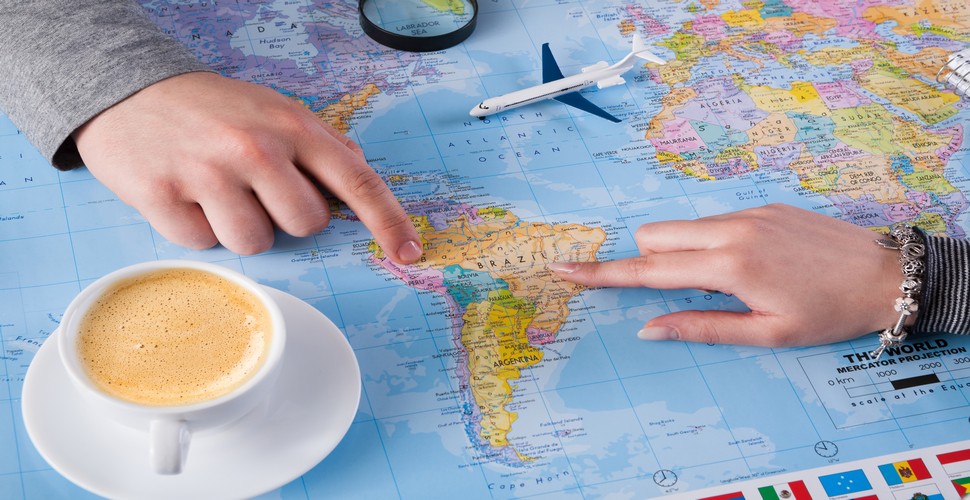
Route planning
TOP TIPS
Learn the language
South America is mainly Spanish -speaking. Peru, Argentina, Bolivia, Ecuador, are the most popular destinations to take a Spanish course. Or definitely familiarize yourself with some useful phrases before you set out. In Brazil, of course, Portuguese rules and there are a number of schools to brush up your language skills. You can also try out a number of indigenous languages such as Quechua, Aymara or Guaraní by staying with a host family during your trip or listening to the local music as a way of picking up some useful phrases.
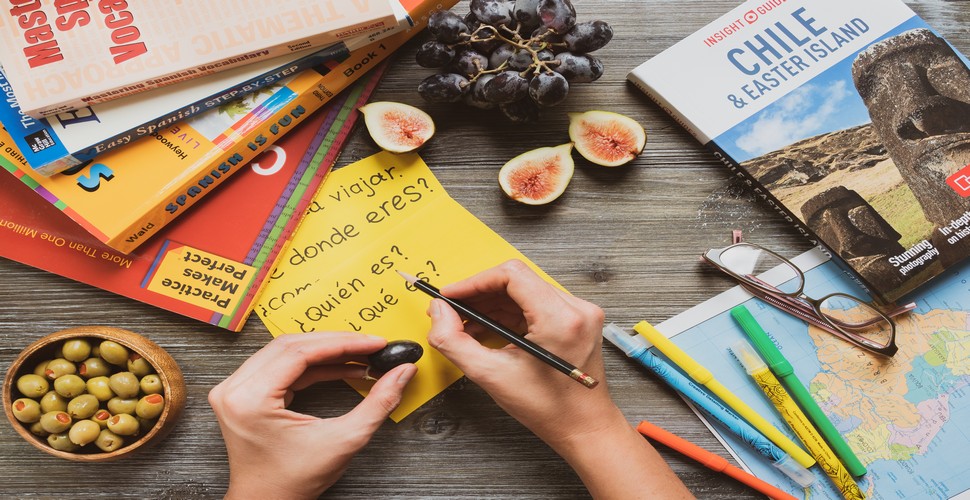
Learn the lingo
Trip Savvy
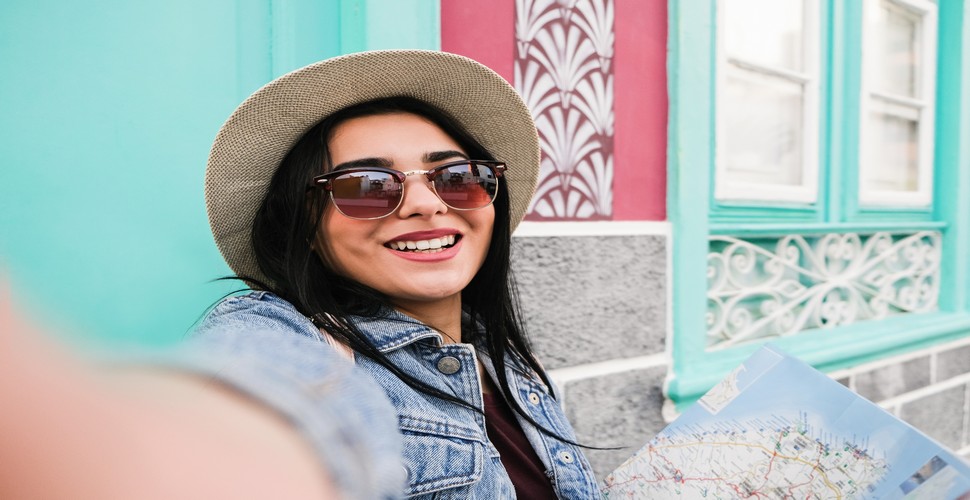
Happy Traveler
Research your accommodation
The range of accommodation available is enormous and you can always find a hotel within your budget. Prices vary depending on the country of course and in general, the Andean countries are the least expensive, and you should be able to find a decent room for under $20 USD. A lot of travellers stay in backpacker-focused hostels – with the term “party hostel” try and avoid these if you are looking for any kind of “immersive” experience on your travels. If you are a luxury traveler, always try and reserve your accommodation in advance to make sure there is availability. The best hotels are usually booked up first, leaving a lower quality availability if you decide to leave it until the last minute.
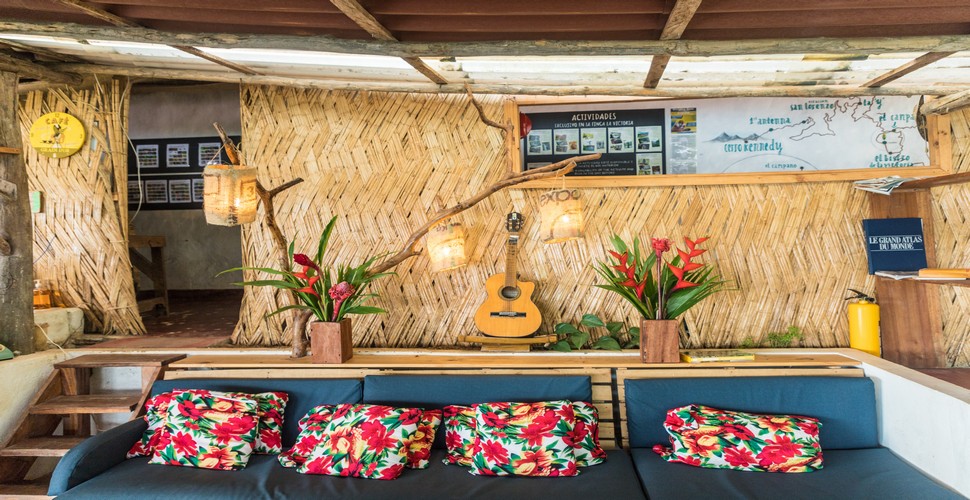
Rustic cafe/hotel Colombia
Plan your trip
With about two-thirds of South America near the equator, visitors to most destinations can expect a tropical or subtropical climate all year round. Temperatures rarely drop below 20°C, while rainforest regions average maximum temperatures of about 30°C. As you get further south, you will experience colder winters from June to August and milder summers from December to February, with the extreme south of the continent freezing between April and October. It’s important to plan around the rainy season in each country, particularly when travelling in the Andean regions where altitude plays a large part with the weather conditions.
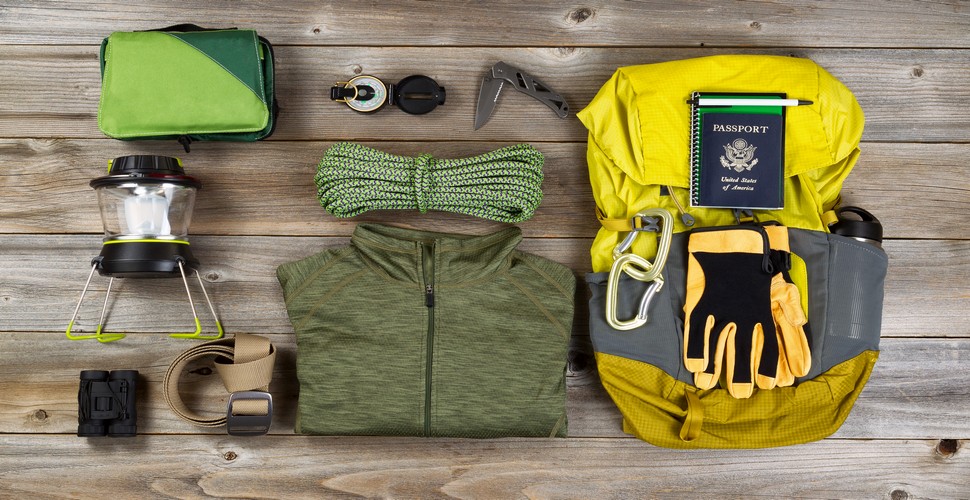
Take the appropriate kit
Embrace bus travel
The “chicken” bus category of road travel is common throughout South America. In central America these generally take the form of old school buses and in South America they are mini buses. The common theme is that they try and get as many people in them, even sat on buckets, in some cases, as they can! The idea is that the more the merrier, including other “animal species” so as long as you travel with an open mind, these can be incredible ways to immerse yourself in local culture and for social interaction!
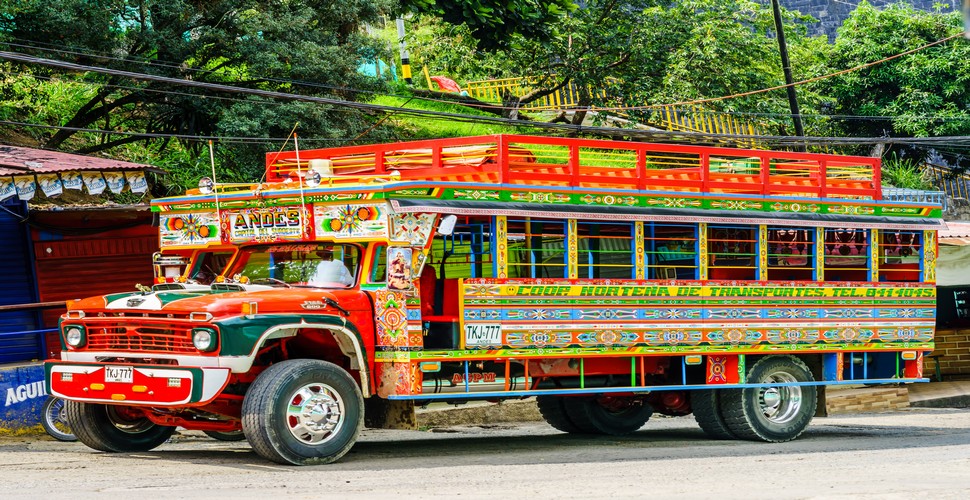
Local Transport, Colombia
Stay healthy
The potential health risks in South America read like a textbook of tropical diseases. But if you prepare carefully and take sensible precautions, you’ll probably face nothing worse than a mild case of “Montezuma’s revenge” (traveller’s diarrhoea) as your system gets used to different germs and hygiene levels. The most common risks are heat stroke, bites and stings, especially by those pesky mosquitoes or altitude sickness, so definitely plan ahead. Good medical insurance is, of course necessary and often a requirement for entrance into a country.
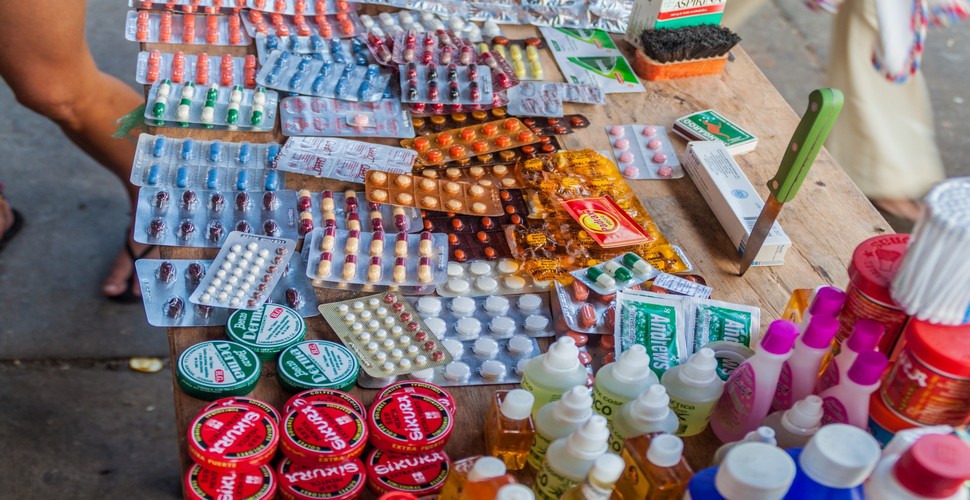
Medicine on sale in The Peruvian Amazon
Go wild
Visit any corner of the Amazon in Bolivia, Brazil, Ecuador, Peru and Colombia and you will be treated to an unparalleled level of biodiversity flora and fauna. The Pantanal in Brazil, is the world’s largest wetland, home to thousands of animal species including jaguars and pumas and the Galápagos Islands in Ecuador is home to giant tortoises, marine iguanas, penguins, sea lions and flightless cormorants. Down in Argentina’s Tierra del Fuego, you can take a boat trip along the Beagle Channel to see the penguins and whales and Peru is home to four species of camelids, some domesticated and some still live in the wild!
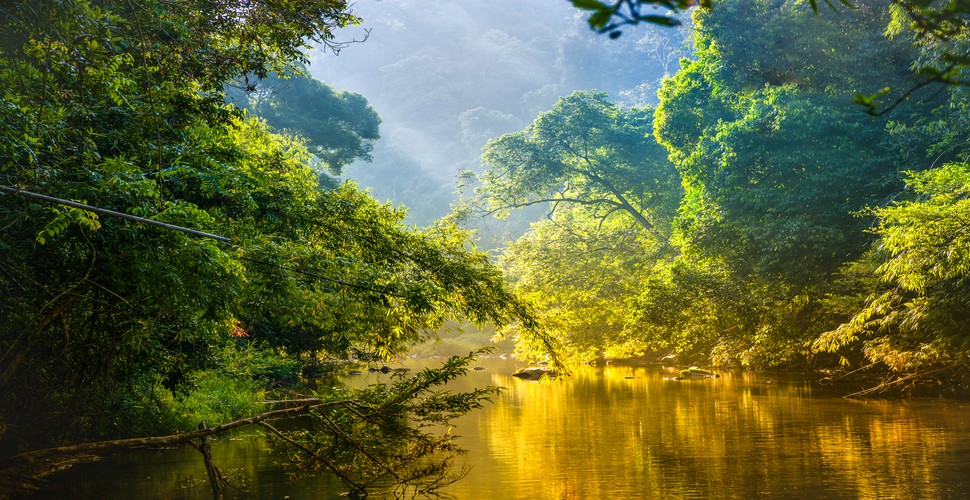
Amazon Jungle
Be adventurous about local cuisine
Your tastebuds are in for the experience of a lifetime in South America, with each destination promising a culinary marvel. Even when a dish is shared between two countries, there’s often a passionate debate about who does it best, such as pisco sours, where the rivalry between Chile and Peru is a fierce debate. As for the food, a lot of dishes that the locals eat, which are generally cheap, guarantees cultural immersion in the day-to-day culture through food. whether that’s weighing your own lunch alongside office workers in a comida por kilo joint in Rio, nibbling on a salteña in La Paz or sampling raw fish ceviche along the Pacific coast of Peru.
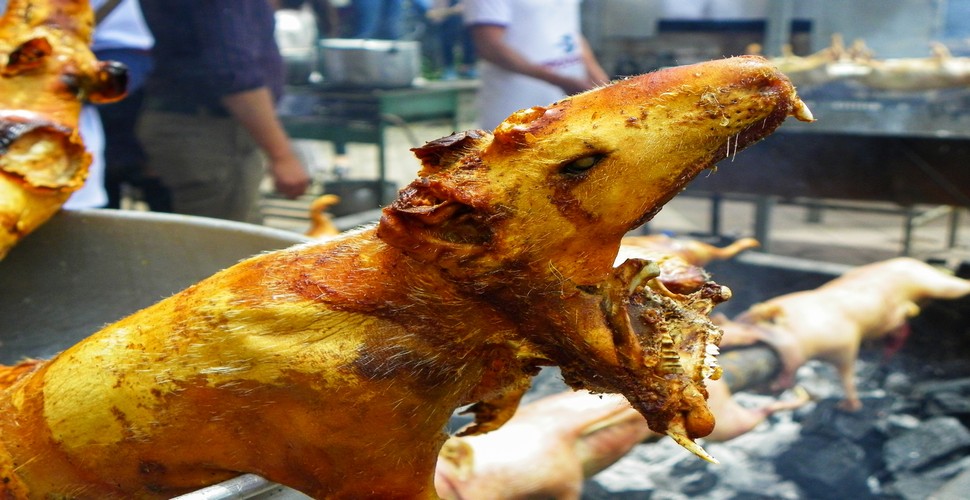
Guinea Pig in Peru
Keep an open mind
Your best travel companion on a trip to South America is an open mind. You will be experiencing cultures very different from your own on all different levels. Time keeping is different, food is different, personal space is different, attitudes are different, people are different..... embrace it all! This is why we travel after all! An open mind will help you in many different situations and having different experiences and being part of a different way of life, can only be a positive thing.
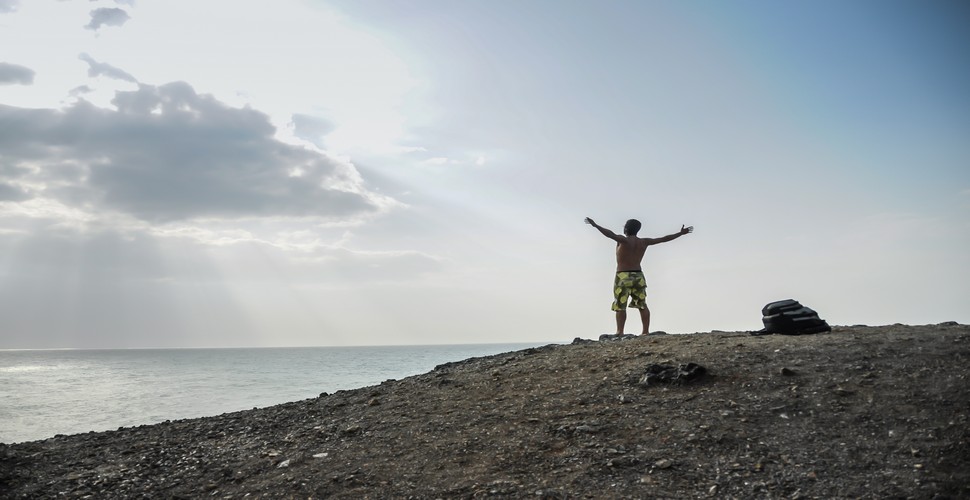
Arms (and heart) wide open!
Follow the festivals
